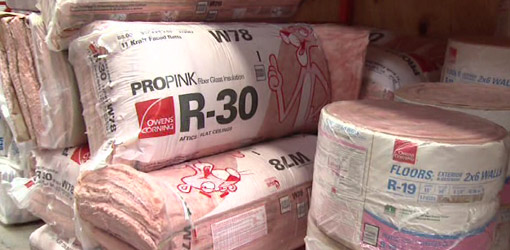 In spite of the colossal developments in vigor proficient materials, insulation presses on to furnish the most considerable profit for dollars contributed. Since the 1970's, the expense of including extra attic insulation has ended up being the single generally savvy structural update when contrasted with contending innovations.
In spite of the colossal developments in vigor proficient materials, insulation presses on to furnish the most considerable profit for dollars contributed. Since the 1970's, the expense of including extra attic insulation has ended up being the single generally savvy structural update when contrasted with contending innovations. The Materials
Fiberglass may be the most distinguished blown-in framework. In the assembling methodology, liquid glass is drawn through tubes from a turning barrel to make to a great degree thin strands. The filaments are interlaced to generate a malleable material that is included a huge number of vigor trapping air pockets.
Cellulose is a detached fill material that is made from paper items, incorporating reused daily paper. It is sinewy in nature and thusly shows magnificent lands as a warm hindrance. The material is treated with blaze retardant chemicals, for example borax and boric harsh corrosive which guarantees its safe provision when spread into an attic.
R-Values
High temperature is exchanged through three systems, incorporating conduction, convection and radiation. Cellulose and fiberglass insulation are best against conductive hotness exchange and hence are assessed by a subordinate estimation called "R-quality."
Cellulose has a R-worth for every inch of 3.6-3.8, while fiberglass rates at 2.2-2.6. It is imperative to distinguish that the R-quality of an establishment is much more significant than the amount of inches connected. Since cellulose has a higher thickness than fiberglass it might require less inches, yet the general work could truly take more.




